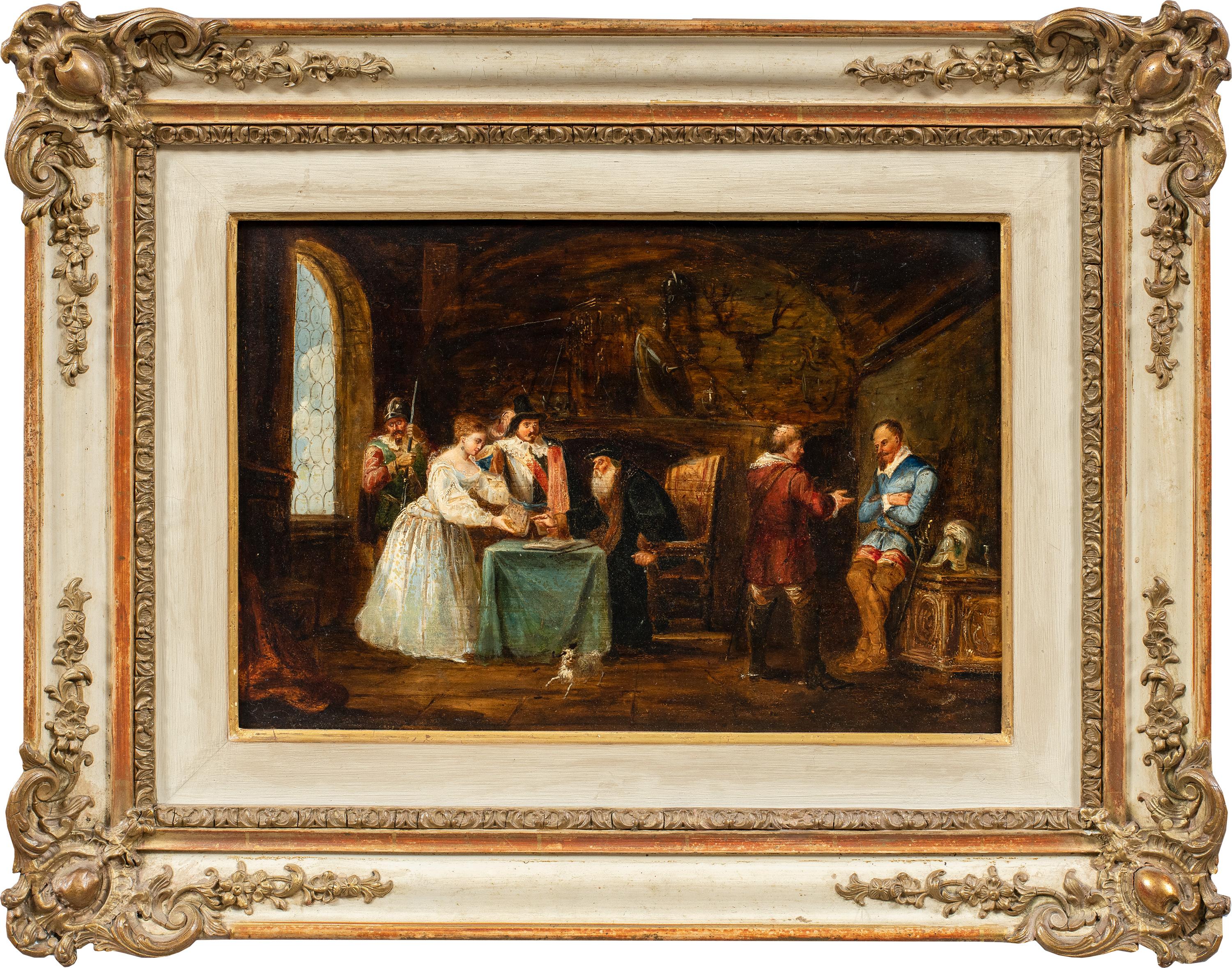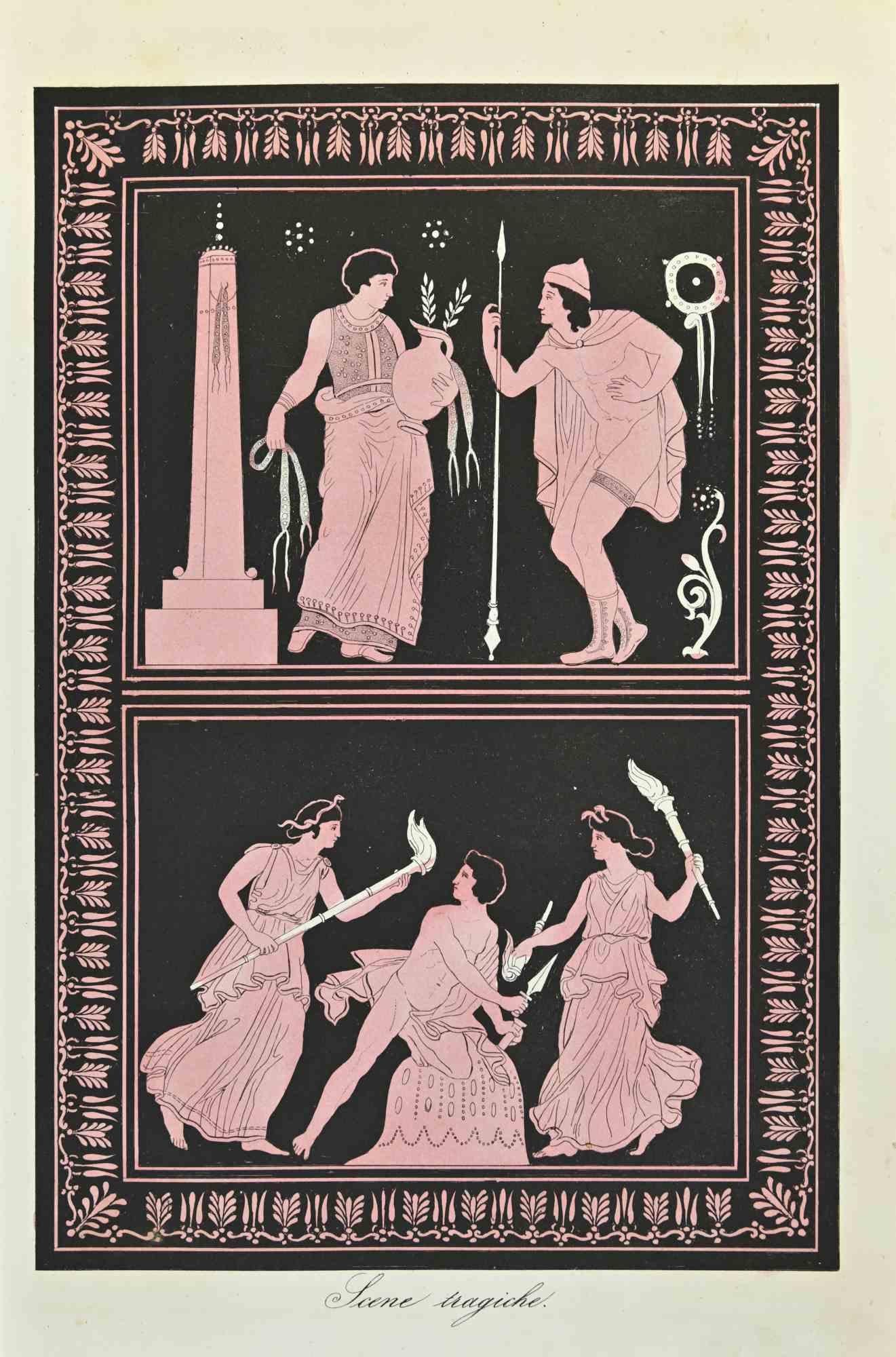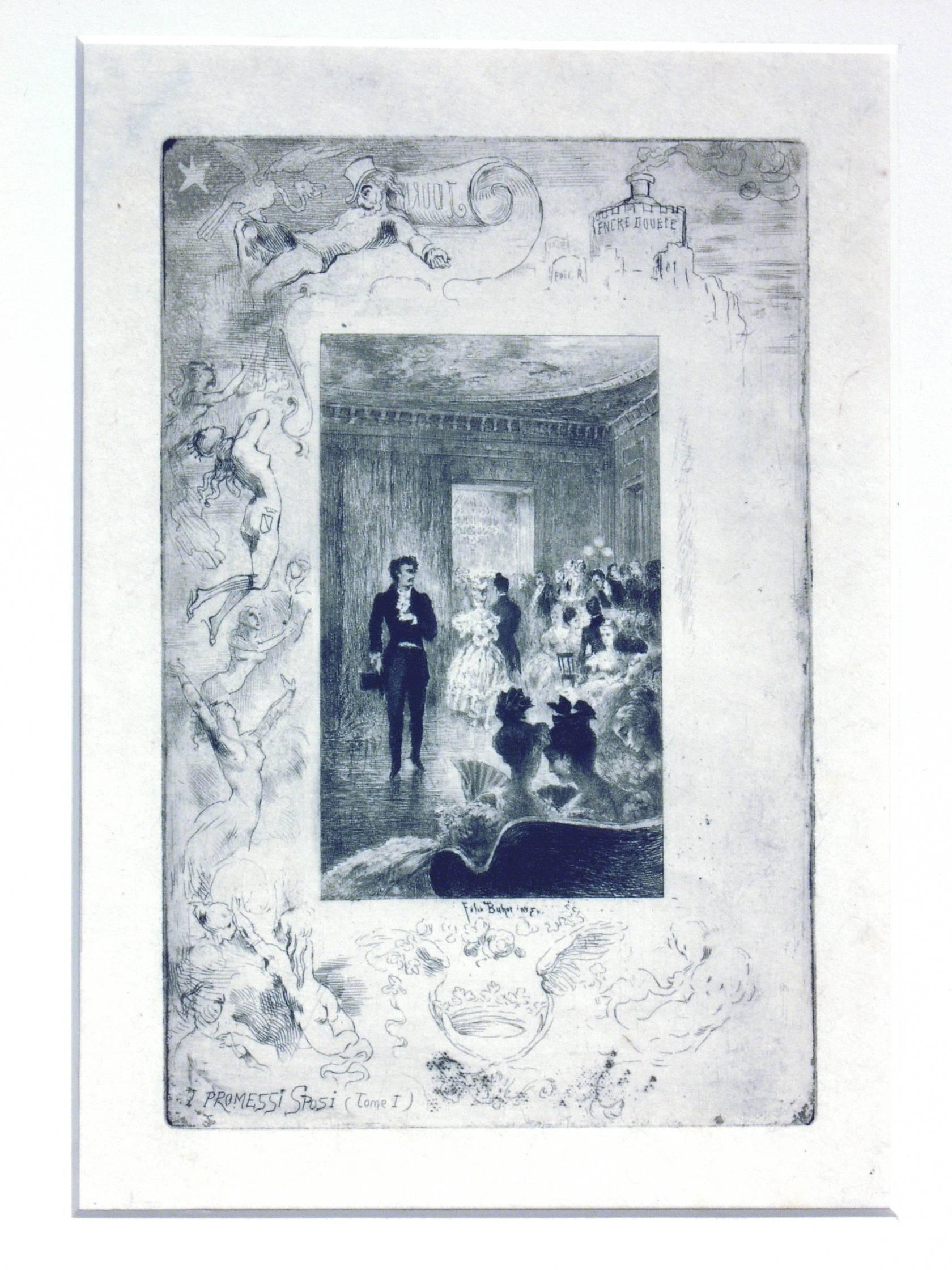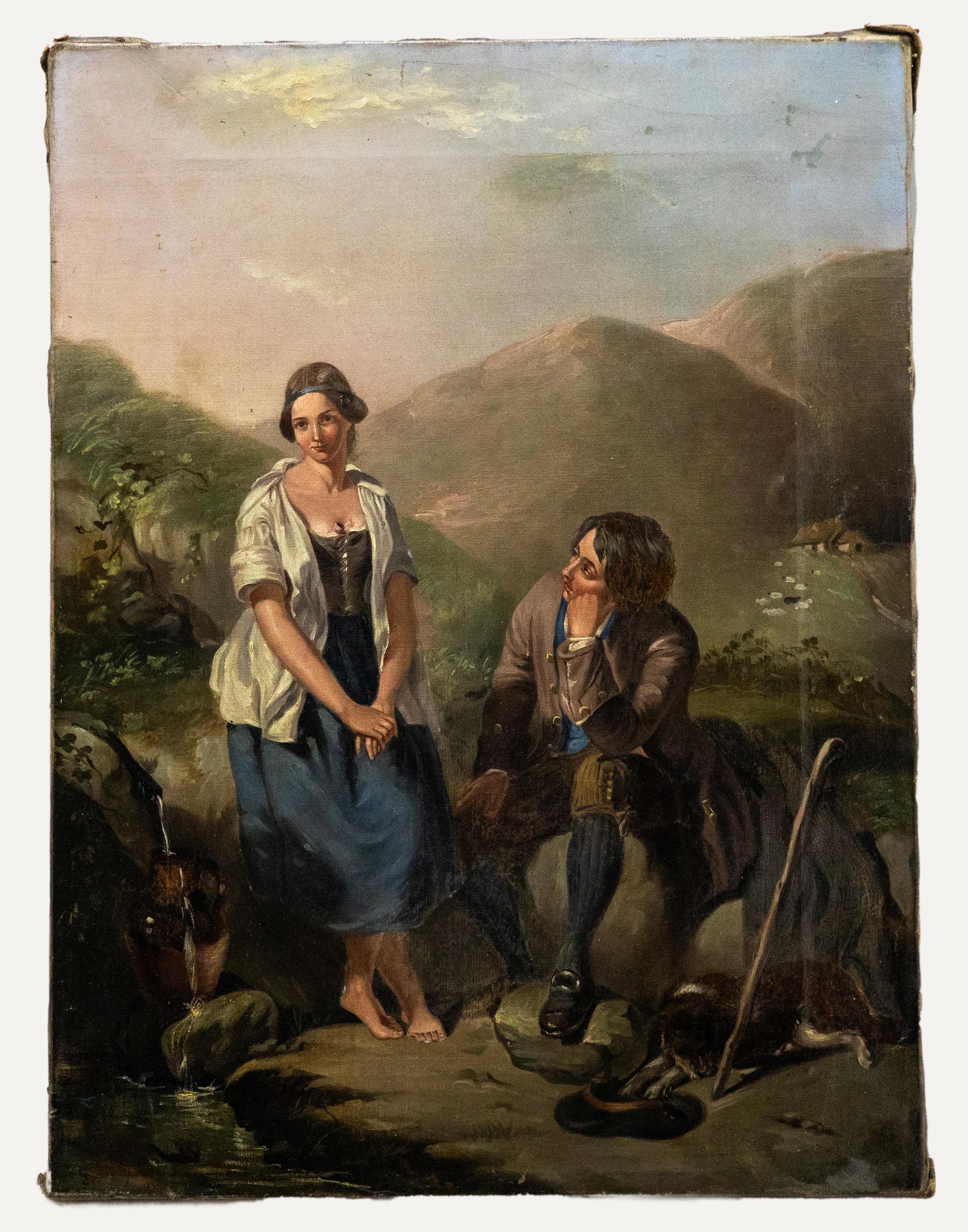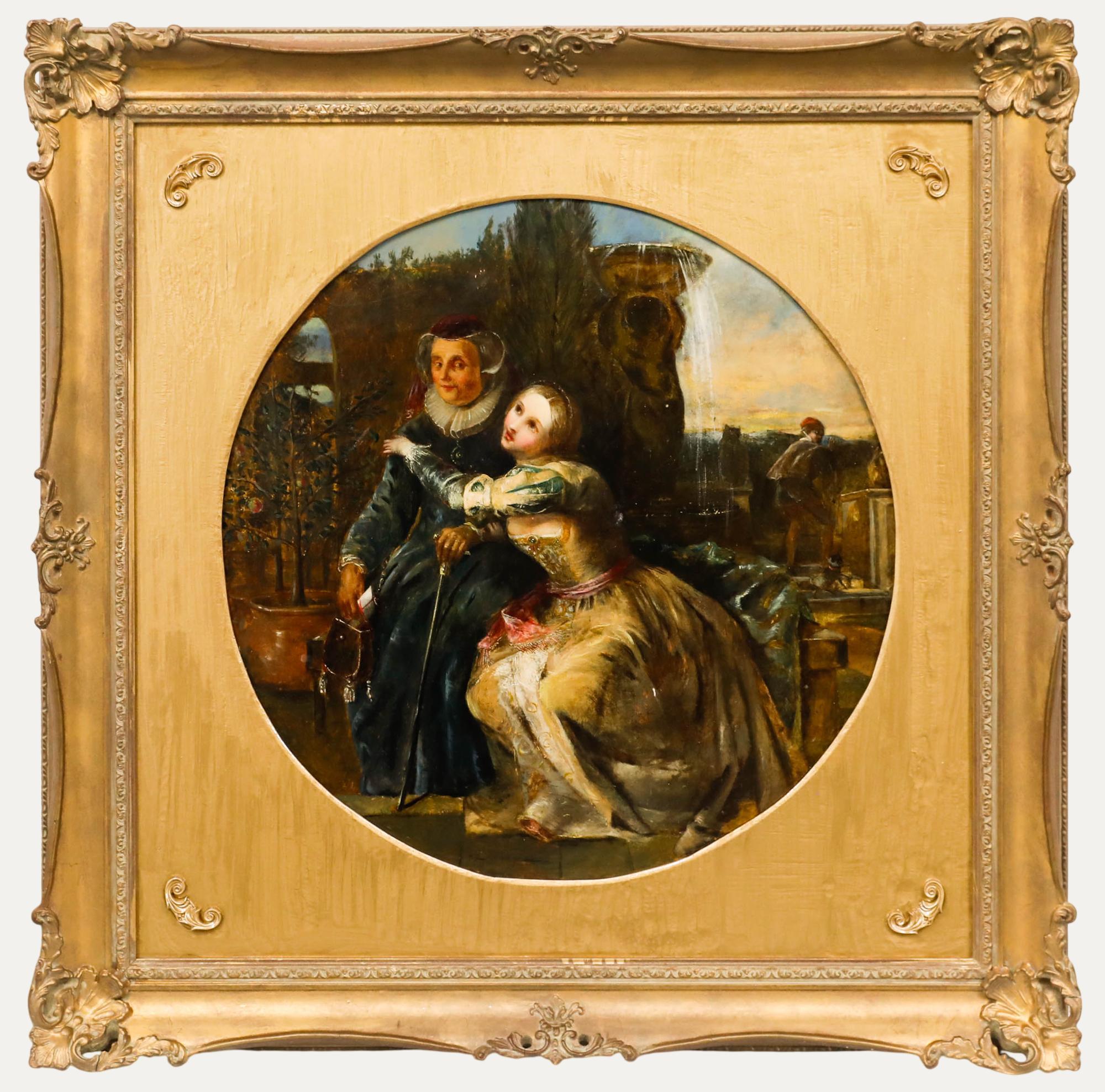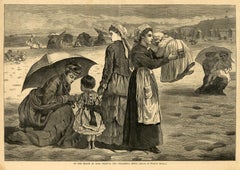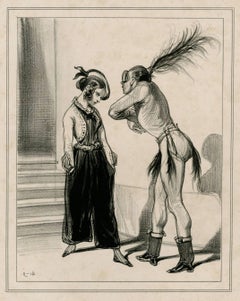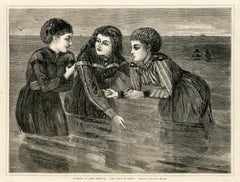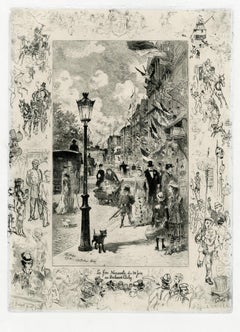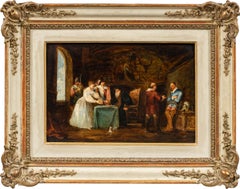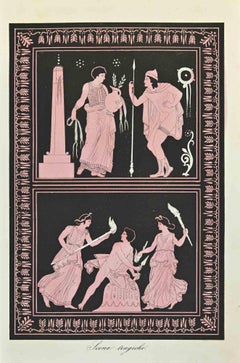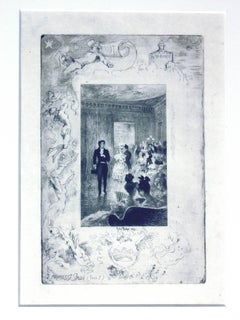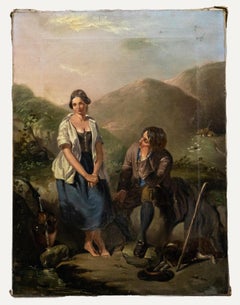Items Similar to St. Valentine's Day -- The Old Story in All Lands
Want more images or videos?
Request additional images or videos from the seller
1 of 9
St. Valentine's Day -- The Old Story in All Lands1868
1868
$320
£246.21
€281.35
CA$458
A$499.44
CHF 262.37
MX$5,986.05
NOK 3,327.07
SEK 3,096.16
DKK 2,101.39
About the Item
St. Valentine's Day -- The Old Story in All Lands
Wood engraving, 1868
Published in: Harper's Weekly, February 22, 1868
Titled and signed in the block
Image size: 13 5/8 x 9 inches
Condition: Very good
(paper has usual yellowing from age and Jagged left edge of sheet from removal from magazine)
Reference: Beam, Winslow Homer's Magazine Engravings, No. 130 (see photos)
It is documented that the wood engravings were created by Homer drawing directly on the woodblock. It was then sent to a woodengraver who specialized in carving magazine illustrations. After the bloc was cut, the publisher would then print it in the magazine such as Harper's Weekly.
Philip C. Beam, notes that Homer was the "leading designer of wood engravings of his day, and that many of the engravings are now loved and admired as masterpieces of their kind" and that "At their best they rank with his watercolors and oils for style and beauty."
Homer "had his finger on the pulse of American life and his eye on the American scene in an unexcelled fashion during a vibrant and important time in our national life, the years just before and after the Civil War...For insights into what people felt and did on street corners, in parks, on battlefields, or in backyards, as the times moved along, there are few better sources of our visible history." Beam
- Creation Year:1868
- Dimensions:Height: 13.625 in (34.61 cm)Width: 9 in (22.86 cm)
- Medium:
- Movement & Style:
- After:Winslow Homer (1836 - 1910, American)
- Period:
- Condition:
- Gallery Location:Fairlawn, OH
- Reference Number:Seller: FA68481stDibs: LU14013804612
About the Seller
5.0
Recognized Seller
These prestigious sellers are industry leaders and represent the highest echelon for item quality and design.
Gold Seller
Premium sellers maintaining a 4.3+ rating and 24-hour response times
Established in 1978
1stDibs seller since 2013
827 sales on 1stDibs
Typical response time: <1 hour
Associations
International Fine Print Dealers Association
- ShippingRetrieving quote...Shipping from: Fairlawn, OH
- Return Policy
More From This Seller
View AllOn the Beach at Long Branch - The Children's Hour
By Winslow Homer
Located in Fairlawn, OH
On the Beach at Long Branch - The Children's Hour
Wood engraving, 1874
Published in "Harper's Weekly" August 15, 1874 (p. 672)
Image size: 9 1/4 x 13 5/8 inches
Provenance: Wunderlic...
Category
1870s Hudson River School Figurative Prints
Materials
Woodcut
"Do you wish to escape, my wild one"
By Paul Gavarni
Located in Fairlawn, OH
Unsigned
Edition: 12 (proof before lettering)
Provenance:
Charles Sessler, Philadelphia
Considered by A. & B. as "rare, rare, rare."
Reference: A. & B. 256 i/II, proof...
Category
19th Century Figurative Prints
Materials
Lithograph
Bathing at Long Branch-“Oh, Ain’t it Cold”
By Winslow Homer
Located in Fairlawn, OH
Bathing at Long Branch-“Oh, Ain’t it Cold”
Wood engraving, 1871
Signed in the block with the artist's initials "WH", see photo
Published in: Every Saturday, Aug. 16, 1871
Condition: ...
Category
1870s Hudson River School Figurative Prints
Materials
Woodcut
La Fête Nationale du Boulevard Clichy
By Félix Hilaire Buhot
Located in Fairlawn, OH
La Fête Nationale du Boulevard Clichy
Etching, drypoint, and aquatint, 1878
Signed lower left in the plate (see photo)
Printed chine collee, mounted on white wove paper
Upper plate m...
Category
1870s French School Figurative Prints
Materials
Etching
Phrosine and Mélidore
Located in Fairlawn, OH
Phrosine and Mélidore
Etching, 1879
Signed in the polate lower left of image
This etching is after the Dantan painting, a copy after the Pierre-Paul Prud’hom painting
Published by Vv...
Category
1870s Romantic Figurative Prints
Materials
Etching
Untitled (also known as "1811 THE BACKWOODSMAN'S CHRISTMAS")
Located in Fairlawn, OH
Untitled (also known as "1811 THE BACKWOODSMAN'S CHRISTMAS")
Oil on canvas, c. 1875-1925
Unsigned
Provenance: Found in Ohio
A charming American naive nocturn of a hunter and his two ...
Category
1870s Outsider Art Landscape Paintings
Materials
Oil
You May Also Like
Romantic Italian painter - 19th century figure painting - Historical scene
Located in Varmo, IT
Italian painter (dated 1853) - Historical interior scene.
29.5 x 43 cm without frame, 50 x 65 cm with frame.
Antique oil painting on panel, in a contemporary carved wooden frame, l...
Category
Mid-19th Century Romantic Interior Paintings
Materials
Oil, Panel
$1,419 Sale Price
52% Off
Uses and Customs - Tragic Scene - Lithograph - 1862
Located in Roma, IT
Uses and Customs - Tragic Scene is a lithograph on paper realized in 1862.
The artwork belongs to the Suite Uses and customs of all the peoples of the universe: " History of the gov...
Category
1860s Modern Figurative Prints
Materials
Lithograph
I Promessi sposi For Une vielle maitres (An old Mistress).
By Félix Hilaire Buhot
Located in New York, NY
Etching and acquatint in black ink, 1875. B/g 100 For Une vielle mistress before the symphonic margins were removed and the plate cut. Printed on japon paper. State iii/v. 6 . Signed Felix Buhot...
Category
1870s Art Nouveau Figurative Prints
Materials
Etching
After Thomas Brooks (1818-1892) - 19th Century School Oil, Dawn of Love
Located in Corsham, GB
A fine study of the original 1846 painting by Thomas Brooks titled 'Dawn of Love'. The original is currently part of the Victoria & Albert collection. The...
Category
19th Century Figurative Paintings
Materials
Oil
$653 Sale Price
20% Off
Continental School 19th Century Oil - An Unjust Exchange
Located in Corsham, GB
A charismatic continental scene depicting two female figures in Medieval dress. The artist shows a mother and daughter in a dramatic exchange which appears to be the result of the mo...
Category
19th Century Figurative Paintings
Materials
Oil
Painting 19th Century Romantic Courtiers Genre Scene
Located in Saint-Ouen, FR
Courtiers Party in the Park in 18th Century
In the Taste of Nicolas Lancret (1690-1743)
Oil on canvas
Frame gilded with leaves
Dim canvas : 73 X 59 cm
Dim frame : 100 X 87 cm
Category
1850s Old Masters Portrait Paintings
Materials
Oil
More Ways To Browse
Antique Valentine
Valentines Day Antique
Jacques Jacob
Jean De Paleologue
Jim Dine Dorian
John Buckland Wright
Journal Des Demoiselles
Kathe Kollwitz Etchings
Kees van Dongen On Sale
Keith Haring Eye
Keith Haring Radiant Baby
Keith Haring Spray Can
Keith Haring Story Of Red And Blue
La Corrida Picasso
La Fee Electricite
La Vilaine Lulu
Labisse Felix
Le Corbusier Black Prints
